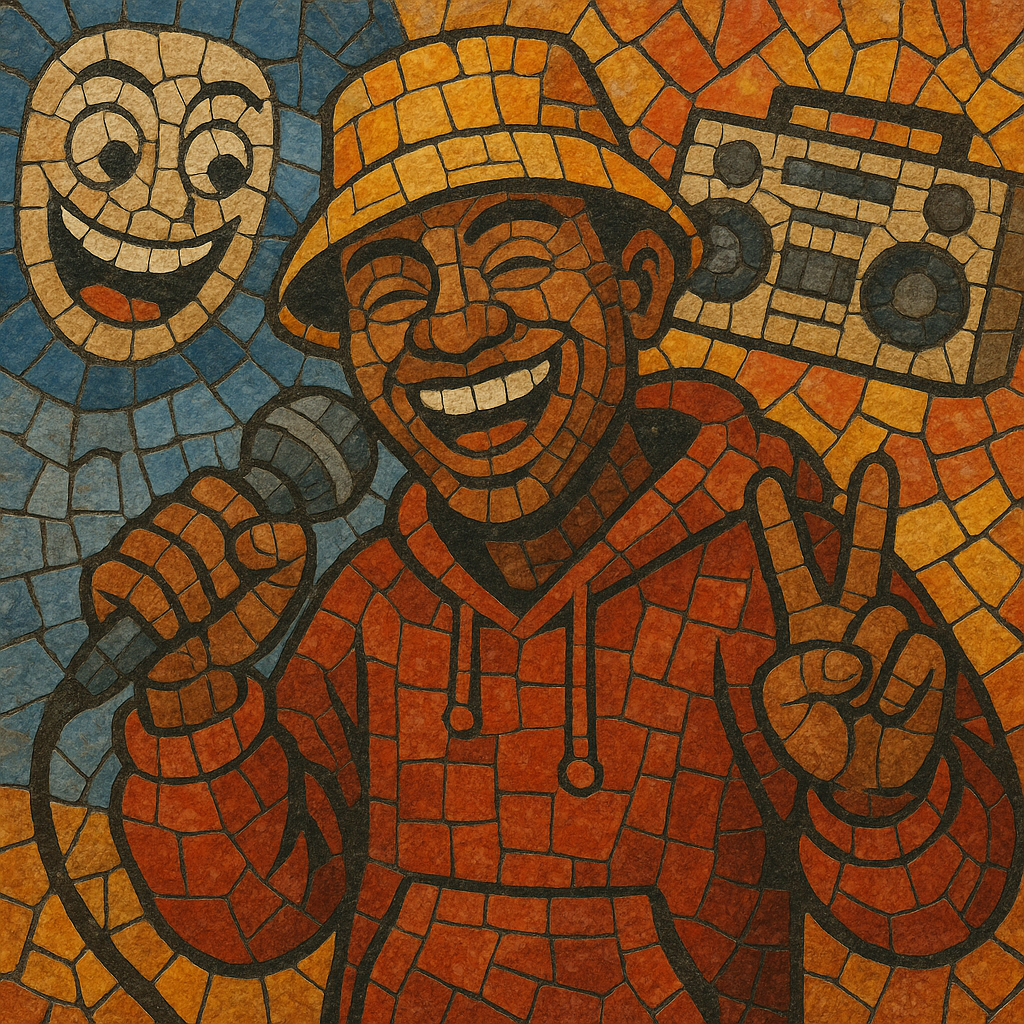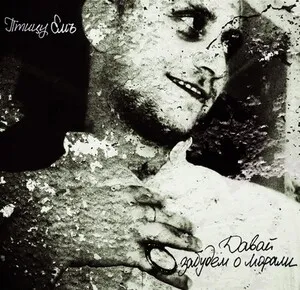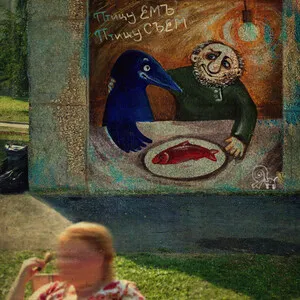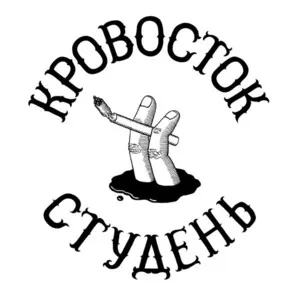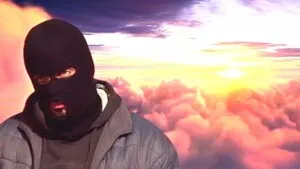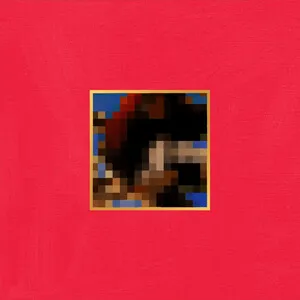Comedy rap is a branch of hip hop that foregrounds humor, satire, and parody while using the rhythmic delivery, production aesthetics, and song structures of rap. Artists deploy punchlines, skits, meta-jokes, and exaggerated personas to poke fun at pop culture, social norms, and the genre itself.
Musically it borrows from the full spectrum of hip hop production—from old‑school electro and boom‑bap to modern trap and pop‑rap—while lyrically prioritizing wit over menace or earnestness. Delivery can range from deadpan storytelling to theatrical character voices, and hooks often lean on catchy, singable choruses to heighten comedic payoff.
Comedy has been intertwined with popular music and spoken performance for decades (stand‑up, sketch comedy, and novelty records), but its fusion with hip hop crystalized as rap formalized in the late 1970s and early 1980s. As hip hop broadened from party records and electro‑funk to radio hits, humorous takes and exaggerated personas naturally emerged.
In the mid‑to‑late 1980s, commercially visible examples helped define comedy rap for mainstream audiences. Songs like DJ Jazzy Jeff & The Fresh Prince’s “Parents Just Don’t Understand” and Biz Markie’s playful storytelling popularized punchline‑driven, family‑friendly humor. The Beastie Boys’ brash, tongue‑in‑cheek persona brought a rambunctious comedic edge to rap‑rock crossover, while novelty one‑offs (e.g., “Rappin’ Duke”) showed that parody could chart.
TV sketch ecosystems (SNL, MTV) and the rise of music video comedy nurtured the style. Humor‑forward acts and parodists kept the form visible, and college/alternative rap scenes incubated witty, self‑aware lyricists. The groundwork for internet‑era comedy—quick concepts, memorable hooks, and visual gags—was laid during this period as budgets and platforms for video grew.
YouTube and social media turbocharged the form. The Lonely Island turned SNL digital shorts into charting singles, while creators like Epic Rap Battles of History, Lil Dicky, and indie comedian‑rappers built large audiences with high‑concept, shareable videos. Meme culture and rapid visual editing rewarded dense punchlines, pop‑culture references, and plot‑twist songwriting.
Comedy rap now spans podcast networks, TikTok skits, and studio albums, blending with pop‑rap, trap, and even orchestral or musical‑theatre tropes. The form regularly goes viral through character‑based storytelling, meta‑humor about the music industry, and affectionate parody of rap subgenres, while live shows emphasize multimedia bits and crowd interaction.
Core traits include clear setups and punchlines, character voices, and hooks that sell the joke. While some critics view it as novelty, the best examples demonstrate strong craft: tight rhyme schemes, deliberate flows, and production on par with contemporary hip hop—using humor as the thematic driver rather than a crutch.

